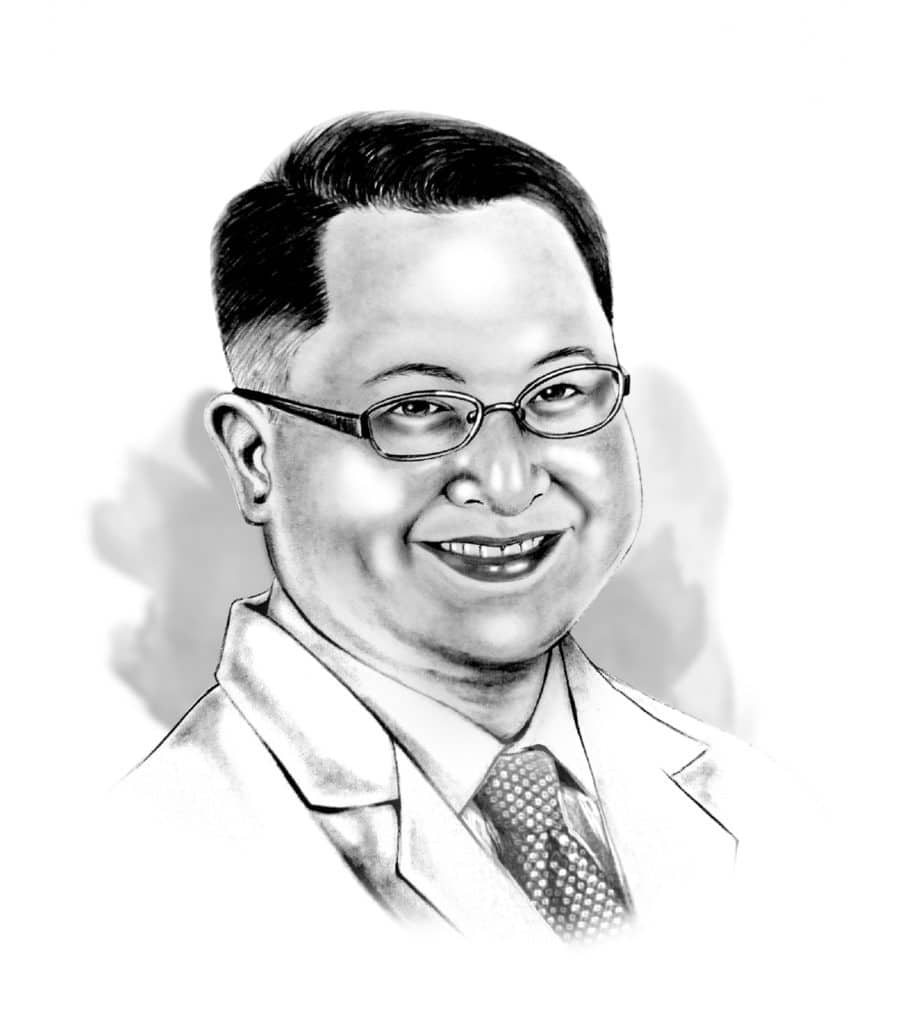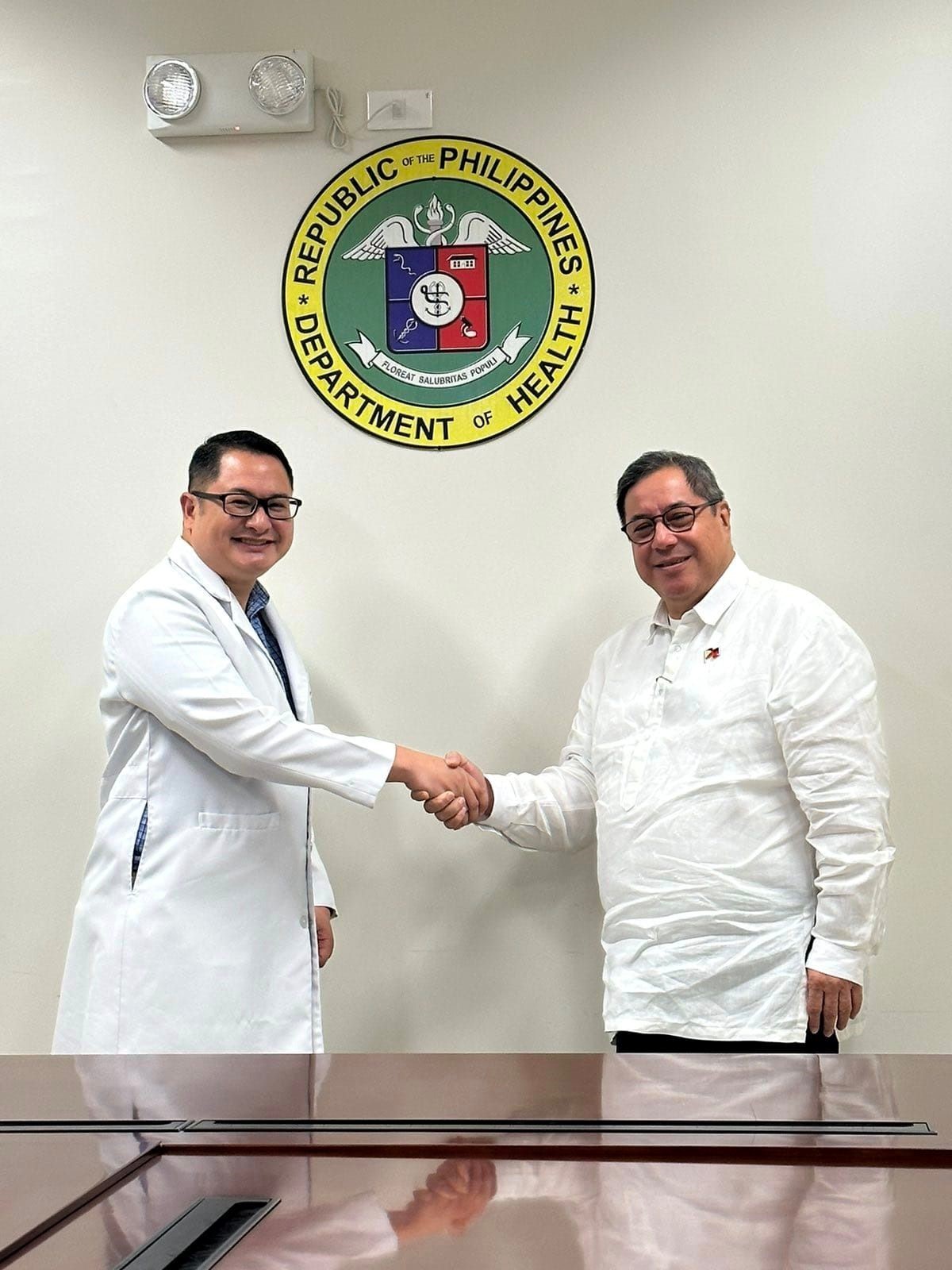CLINICAL MATTERS

Last week I had the privilege of briefing Department of Health (DOH) Secretary Teodoro Herbosa about the state of HIV in the Philippines. He asked me to be his special assistant on HIV and AIDS, and my first task was to give him a bird’s eye view of the Philippine HIV epidemic. I was also asked to make specific recommendations on what we could do to reverse the continued increase in HIV cases, especially among the youth.
I’ve been working in the HIV space in the Philippines since 2008. I came home as a Balik Scientist of the Department of Science and Technology (DOST). Fresh from an infectious diseases fellowship training abroad, I joined the Institute of Molecular Biology and Biotechnology at the National Institutes of Health at UP Manila.
My initial research interest was in tropical diseases. My clinical fellowship training did include training in the care and treatment of people living with HIV (PLHIV), but I did not think it would be all that needed in the Philippines since we had such few cases then. From the time the first Filipino PLHIV was diagnosed in 1984 up to when I returned in 2008, the number of diagnosed cases in the Philippines was unusually low by global standards. There was even some speculation that Filipinos were somehow immune or resistant to HIV. Unfortunately, this was not the case.
As I began my practice at the Philippine General Hospital, we started to see more and more young people with advanced HIV and full-blown AIDS. People with AIDS have very weak immune systems that put them at high risk for opportunistic infections. These infections can be deadly, and a lot of young people in their 20s and 30s succumbed to cryptococcal meningitis (a fungal brain infection), disseminated tuberculosis, and Pneumocystis pneumonia (a fungal lung infection). It was so heartbreaking because these youths had their whole lives ahead of them and they were dying from a preventable and treatable disease.
At that point I decided to shift gears and focus my research on HIV and try to figure out why the cases were rising. I was one of a handful of Filipino doctors formally trained in HIV care and we needed to transfer those skills to as many trainees as possible. We also started doing advocacy work, connecting with NGOs, and doing media interviews. We even organized a rock concert, called the Philippine Red Party, in partnership with the Australian Red Party to raise funds for essential equipment for the SAGIP HIV treatment hub at PGH.

(Photo from Dr. Kezia Lorraine Rosario)
It was also around this time that I recruited one of our infectious diseases fellows, Dr. Katerina Leyritana, to do an additional year of infectious diseases fellowship with a concentration in HIV. She was our very first HIV fellow in the Philippines. Kate has since gone on to become one of our national leaders in HIV clinical care and education in the Philippines. In 2010, as cases increased further, the Philippine College of Physicians held a state-of-the-art conference featuring internationally renowned experts in HIV and high-ranking government officials such as DOH Secretary Esperanza Cabral and DOST Secretary Estrella Alabastro to support the fight against HIV. The private and public sectors working together have increased awareness, improved the access for free antiretrovirals, established more treatment hubs, and introduced much-needed amendments to the Philippine AIDS Law.
Our research at the National Institutes of Health funded by the DOST and the DOH has shown that the unprecedented increase in HIV cases is partially due to a shift in HIV subtype, from subtype B to a more aggressive CRF01_AE. We also showed that CRF01_AE is associated with an increased risk of treatment failure, higher viral loads, and faster progression to HIV. Our lab is also doing essential work on HIV drug resistance and our research has been cited by WHO and UNAIDS.
As much as has been accomplished, a lot of work still needs to be done. While HIV cases fell during the pandemic, this was only temporary and may have had more to do with lack of access to testing during the lockdowns than an actual decrease in transmission. We started seeing newly diagnosed HIV cases with advanced disease and full-blown AIDS again shortly after we reopened in 2022. Current case numbers are at 50 new cases a day, higher than the infection rate before the pandemic in 2019. More than 80 percent of these new infections are 35 years old or younger.
A substantial gap in the HIV care treatment cascade remains. Out of 160,000 estimated cases of HIV in the Philippines, only about 115,000 have been tested. Out of this 115,000, only about 69,000 are accessing care and are on treatment. Without antiretroviral treatment (ART), most PLHIV will progress to AIDS and die in eight to 10 years. On the other hand, if ART, typically a combination of three drugs, is started early enough and taken with good adherence, a PLHIV’s life expectancy can nearly be restored. PLHIV with suppressed viral loads on ART do not transmit the virus to others. This means they can have children the natural way without risk to their partner or their child.
HIV care in the Philippines uses first line ART at par with those of developed countries. It is provided for free through the government. Unfortunately, a lot of stigma remains, and about one third of patients drop out of care in the first year. Poor adherence to treatment can give rise to drug resistance and treatment failure. Worse, this drug-resistant virus can be transmitted to others. Approximately one in 10 newly diagnosed PLHIV already have preexisting drug resistance to at least one antiretroviral agent. This increases the risk of treatment failure and death if not detected early. There are limited second-line antiretroviral agents and we need more options. The Global Fund and its partners are improving access to ART in partnership with the DOH, but it may also be time to open the market to novel agents, including long acting once a week injectable regimens that improve adherence to treatment.
Since there are only two HIV drug resistance laboratories in the Philippines (our lab and the Research Institute of Tropical Medicine), we developed a portable HIV drug resistance test at NIH that is highly accurate and can be done for half the cost of a conventional test. It is awaiting clinical trials but it has been recognized internationally as a potential gamechanger in treating HIV in resource-limited settings.
Finally, prevention services need to be enhanced. While it is still important to continue promoting the traditional means of preventing HIV through the use of condoms, education, and awareness, there is now a powerful biomedical means of preventing HIV transmission. Dubbed PrEP, which stands for pre-exposure prophylaxis, it involves using a combination of two antiretroviral drugs to prevent HIV infection. When used properly and in conjunction with other prevention measures, it decreases the risk of HIV infection from sex by 99 percent. There is currently a government program that provides limited free PrEP, but this needs to be expanded quickly to halt the rise in cases. UNAIDS and WHO have advocated the use of PrEP as an effective means to prevent HIV.
We certainly have our work cut out for us. But I believe that working together is always the best way to effect change and that is why I decided to help our government at Secretary Herbosa’s request. This is no different from when we all pitched in together during Covid-19. HIV is a preventable, treatable, and survivable disease. There is no good reason for anyone to die of HIV in this day and age if we do our jobs right. It is time to fight the good fight and rid our country of the scourge of HIV.